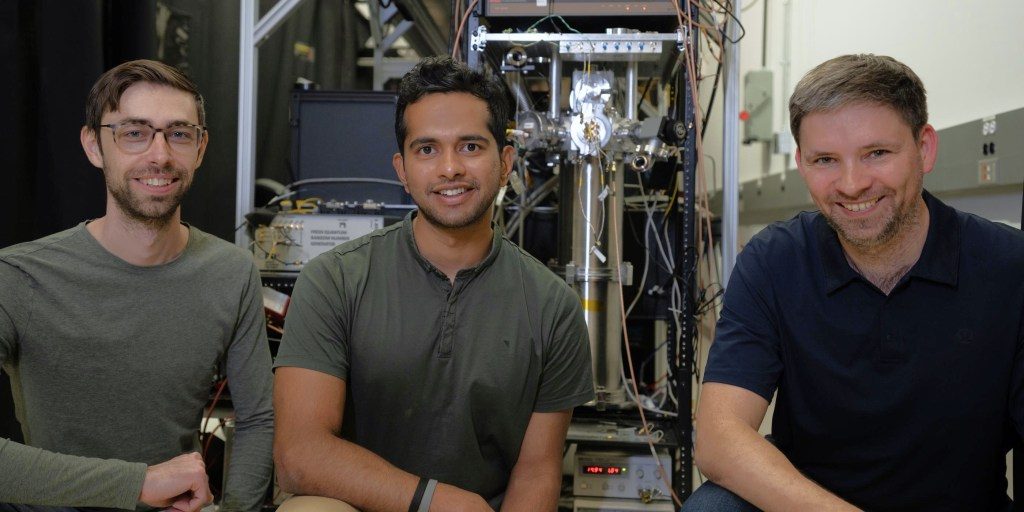Randomness is incredibly useful. People often draw straws, throw dice, or flip coins to make fair choices. Random numbers can enable auditors to make completely unbiased selections. Randomness is also key in security; if a password or code is an unguessable string of numbers, it’s harder to crack. Many of our cryptographic systems today use random number generators to produce secure keys.
But how do you know that a random number is truly random? Classical computer algorithms can only create pseudo-random numbers, and someone with enough knowledge of the algorithm or the system could manipulate it or predict the next number. An expert in sleight of hand could rig a coin flip to guarantee a heads or tails result. Even the most careful coin flips can have bias; with enough study, their outcomes could be predicted.
“True randomness is something that nothing in the universe can predict in advance,” said Krister Shalm, a physicist at the National Institute of Standards and Technology (NIST). “Even if a random number generator used seemingly random processes in nature, it would be hard to verify that those numbers are truly random,” Shalm added.
Einstein believed that nature isn’t random, famously saying, “God does not play dice with the universe.” Scientists have since proved that Einstein was wrong. Unlike dice or computer algorithms, quantum mechanics is inherently random. Carrying out a quantum experiment called a Bell test, Shalm and his team have transformed this source of true quantum randomness into a traceable and certifiable random-number service. Their results were just published in Nature.


